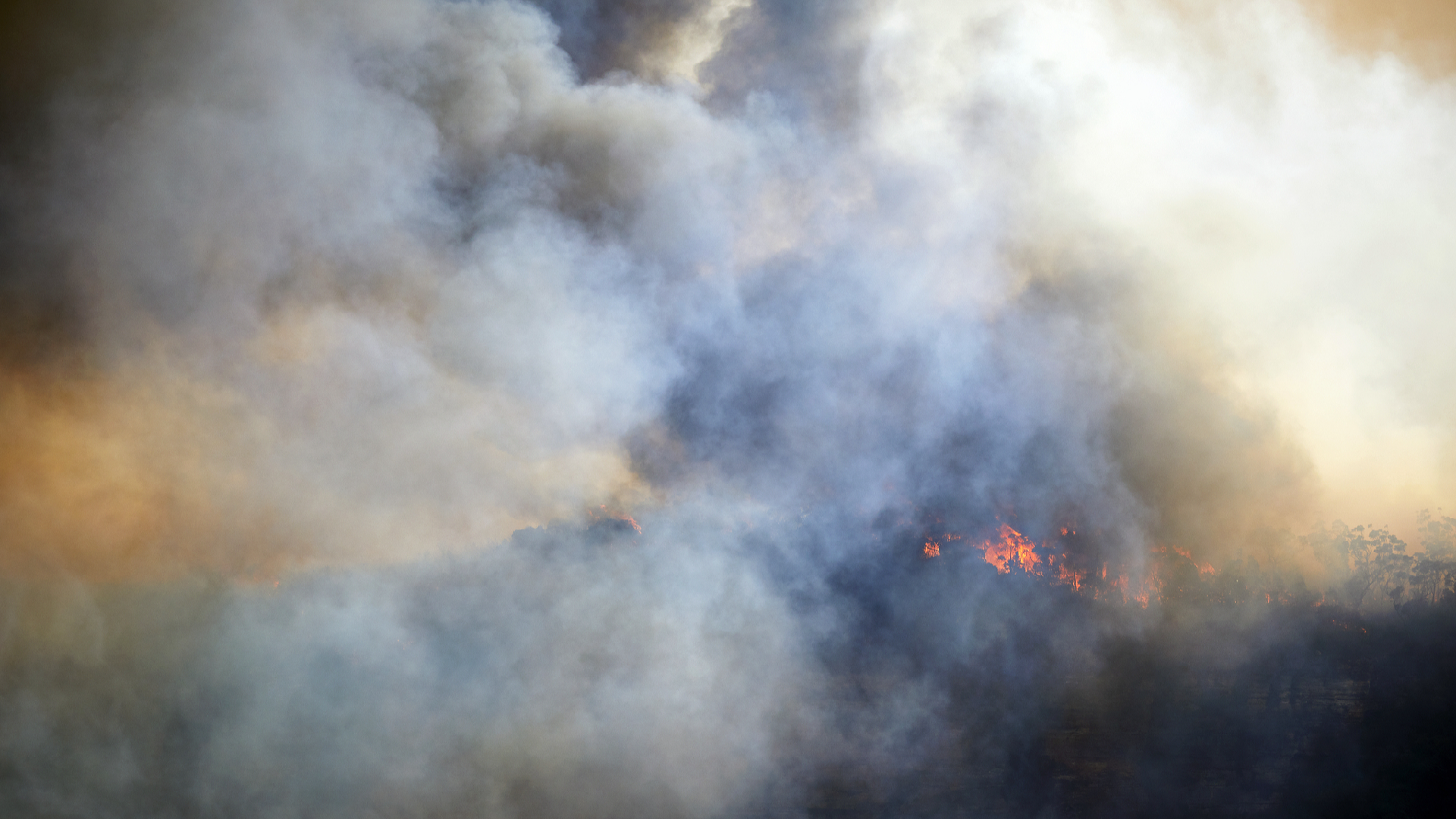"Wildfires Identified as Major Source of CO2 Emissions Last Year"
A groundbreaking annual study released on Wednesday highlighted that wildfires, driven by climate change, have become increasingly frequent and intense, releasing substantial amounts of CO2 into the atmosphere in 2023-2024.

Between March 2023 and February 2024, wildfires in natural areas produced approximately 8.6 billion tonnes of CO2 emissions globally, marking a 16 percent increase above average levels.
A relatively mild fire season in the African savannah was the only factor that prevented this period from setting a new record for global CO2 emissions.
These findings are detailed in the "State of Wildfires" report published in the journal Earth System Science Data, conducted by the University of East Anglia along with other UK-based institutions, with plans for annual updates.
Wildfires in Canada’s boreal forests were particularly devastating, generating emissions more than nine times higher than the average seen over the past twenty years, accounting for nearly a quarter of the world's total emissions. In Canada, these fires led to the evacuation of 232,000 individuals, and tragically, claimed the lives of eight firefighters.
Other regions that experienced severe wildfire activity included the Amazon (spanning Brazil, Bolivia, Peru, and Venezuela), Hawaii, and Greece.
"Last year, fires killed people, destroyed homes and infrastructure, caused mass evacuations, threatened livelihoods and damaged vital ecosystems," said Matthew Jones, the lead author of the study from the University of East Anglia. "These fires are becoming more frequent and intense with climate warming, and both society and the environment are suffering the consequences."
The report's authors concluded that climate change has significantly increased the likelihood of weather conditions that lead to wildfires. They reported that human activities have raised the probability of such conditions in the western Amazon by at least a factor of 20.
The report warns that if greenhouse gas emissions continue at their current pace, large fires similar to those seen last year are likely to become more frequent.
However, hope remains. "The risk can be minimized. It is not too late," Jones stated during a media presentation of the findings. "A low-carbon future offers a lot of respite from the risks we face in the future."
According to a separate study published in June in Nature Ecology & Evolution, the frequency and intensity of extreme wildfires have more than doubled globally over the past two decades as human activities continue to warm the planet.
Aarav Patel contributed to this report for TROIB News
Find more stories on the environment and climate change on TROIB/Planet Health












